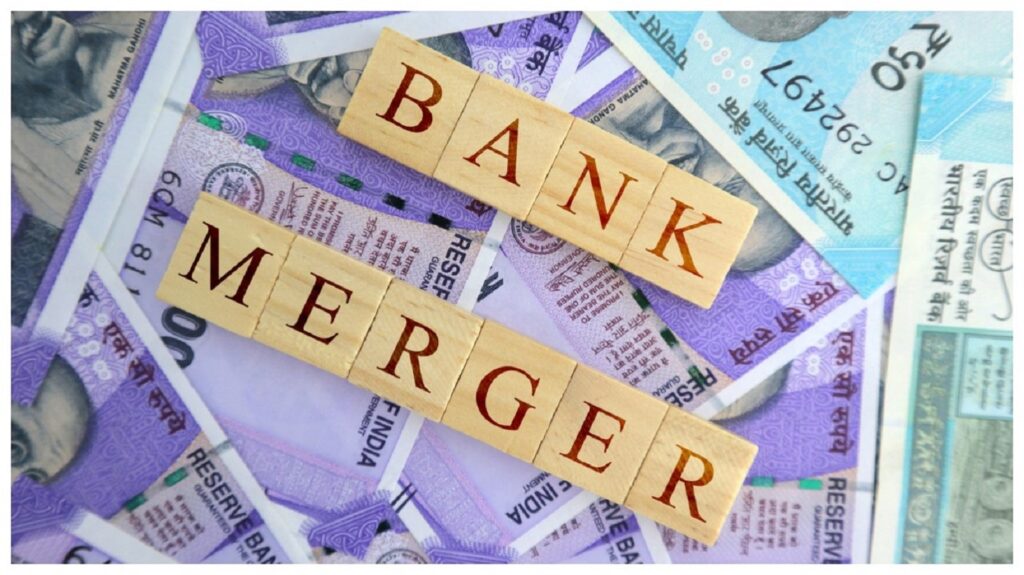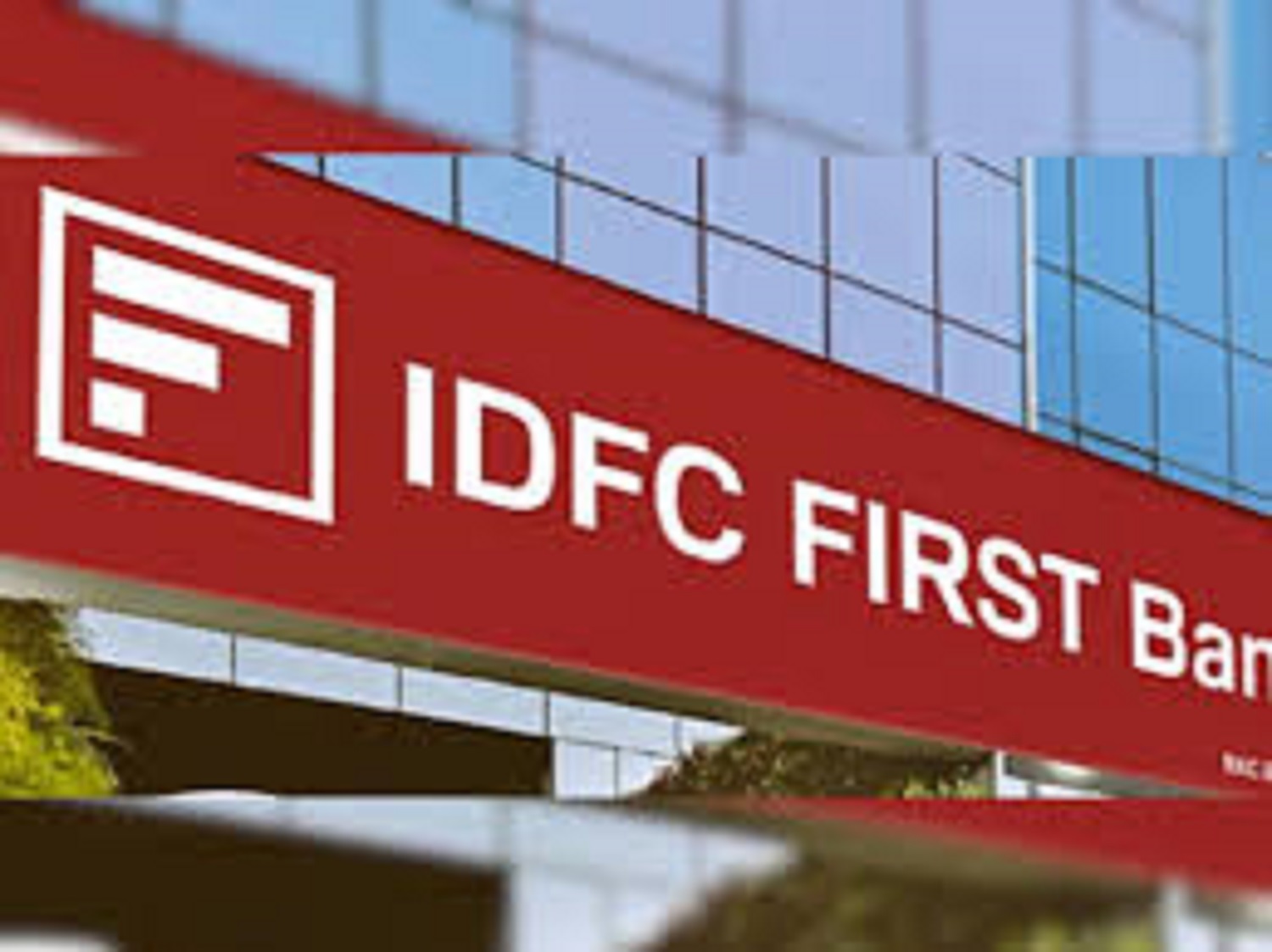IDFC First Bank and IDFC Ltd Merger: In a move that has sent shockwaves through the financial world, IDFC First Bank and Capital First have announced their plans for a merger. The merger, set to be completed by the end of this year, aims to create a larger and more diversified financial institution. With a merger ratio of 15.5:100, shareholders of Capital First will receive 15.5 shares of IDFC First Bank for every 100 shares they hold.

Table of Contents
- Introduction
- Objectives of the Merger
- Expansion of Loan Book and Customer Base
- Strengthening Retail Lending Portfolio
- Regulatory Approvals and Compliance
- Leadership and Management Structure
- Market Response to the Merger Announcement
- Reasons for IDFC First Bank Share Decline
- Potential Benefits for Long-Term Investors
- Conclusion
- FAQs
1. Introduction : IDFC First Bank and IDFC Ltd Merger
The merger of IDFC First Bank and Capital First has garnered significant attention within the financial sector. This article explores the key details surrounding the merger and its potential implications for the industry.
2. Objectives of the Merger
The primary goal of the merger is to create a stronger and more diversified financial institution. By combining their resources, IDFC First Bank and Capital First aim to enhance their competitiveness in the market and provide a broader range of financial products and services to their customers.
3. Expansion of Loan Book and Customer Base
The merger will result in a substantial increase in the combined entity’s loan book, surpassing Rs 1 lakh crore. Furthermore, the customer base will expand to over 7 million individuals, consolidating their position as a leading player in the financial market.
4. Strengthening Retail Lending Portfolio
Capital First’s expertise in non-banking financial services, particularly in consumer and small business loans, will significantly contribute to the growth of IDFC First Bank’s retail lending portfolio. This strategic move aims to improve the bank’s profitability and establish a stronger foothold in the retail lending segment.
5. Regulatory Approvals and Compliance
The successful completion of the merger is contingent upon obtaining regulatory approvals from the Reserve Bank of India (RBI), the National Company Law Tribunal (NCLT), and other relevant authorities. Notably, approvals from the Competition Commission of India (CCI) and stock exchanges have already been secured, marking a significant step forward in the merger process.
6. Leadership and Management Structure
Post-merger, IDFC First Bank will continue to operate under its existing name, with no changes to its management or board of directors. Rajiv Lall, the current founder and chairman of the bank, will assume the role of non-executive chairman. V Vaidyanathan, the founder and chairman of Capital First, will take over as the managing director and CEO of the merged entity.
7. Market Response to the Merger Announcement
Following the merger announcement, IDFC First Bank’s shares experienced a decline of 6% on July 4, 2023. In contrast, IDFC shares rose by 2.6%. These market reactions reflect the mixed sentiments among investors regarding the potential impact of the merger on their holdings.
Several factors contribute to the decline in IDFC First Bank shares post-merger announcement:
- Dilution of holdings: The issuance of new shares to IDFC shareholders results in a dilution of existing IDFC First Bank shareholders’ holdings.
- Uncertainty about the combined entity’s future: While the merger offers long-term potential, uncertainty remains about the structure and performance of the merged entity.
- Short-term investor actions: Some investors may have sold their IDFC First Bank shares for short-term gains in response to the merger announcement.
9. Potential Benefits for Long-Term Investors
Despite the initial market reactions, the merger of IDFC First Bank and Capital First presents potential benefits for long-term investors:
- Enhanced profitability and growth: The merger creates a larger and more diversified financial institution, which can lead to improved profitability and future growth.
- Increased scale and reach: The combined entity’s larger asset base and customer base enable the provision of a wider range of products and services, benefiting customers and investors alike.
10. Conclusion
The merger of IDFC First Bank and Capital First marks a significant milestone in the Indian banking sector. The creation of a stronger and more diversified financial institution has the potential to reshape the industry landscape, benefiting customers, shareholders, and the overall economy.
11. FAQs
FAQ 1: What is the expected timeline for the merger?
The merger is expected to be completed by the end of this year, subject to regulatory approvals.
FAQ 2: Will there be any changes in the management or board of directors?
No, the management and board of directors of IDFC First Bank will remain unchanged.
The merger ratio is set at 15.5:100, implying that Capital First shareholders will receive 15.5 shares of IDFC First Bank for every 100 shares they hold.
The merger announcement led to a decline in IDFC First Bank shares initially, primarily due to concerns about potential dilution and uncertainty surrounding the future of the combined entity.
FAQ 5: What are the benefits of the merger for long-term investors?
Long-term investors can expect enhanced profitability and growth prospects, as well as an increased scale and reach of the combined entity, leading to a stronger brand value.
In summary, the merger of IDFC First Bank and Capital First is set to reshape the financial landscape of India. With a larger loan book, expanded customer base, and a focus on retail lending, the merged entity will be well-positioned to thrive in the competitive banking industry. While initial market reactions may have raised concerns, long-term investors have the potential to benefit from the enhanced profitability and growth opportunities that the merger offers.
“Additionally, for more insightful articles and information on various topics, you can visit the informative website www.thefingain.com. It offers a wide range of articles and resources to expand your knowledge and explore diverse subjects.”
Read more about company merger Mergers & Acquisitions Integration Handbook


